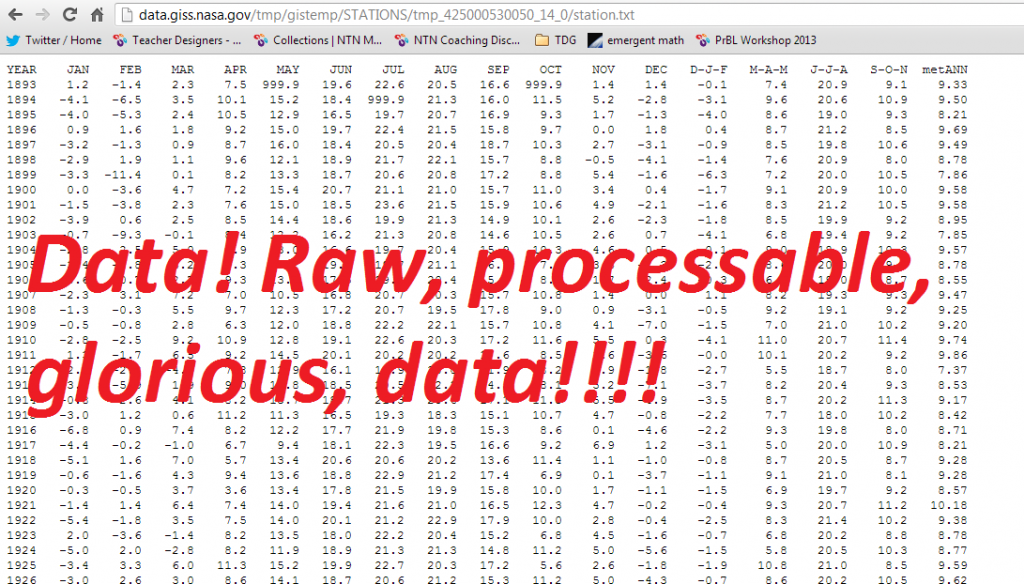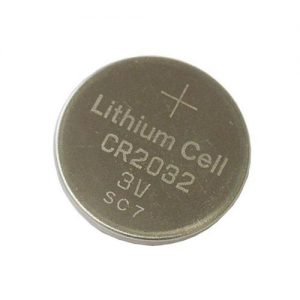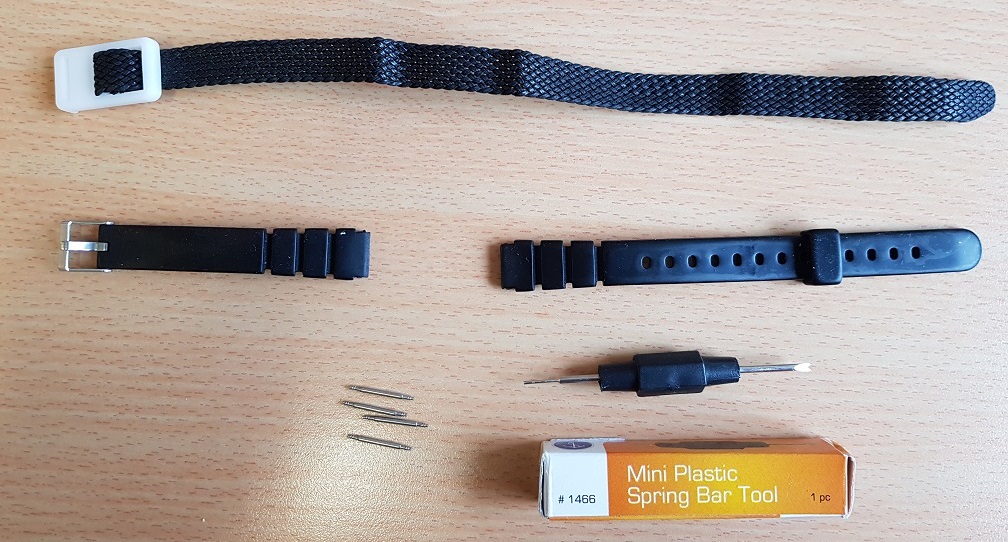Points to consider
A common question faced by actigraphy researchers is: “Which Actigraph is most suitable for my study?”.
However, it is hard to give a simple and straightforward answer, as the optimal choice for your situation depends on your study design, e.g., study duration, sample characteristics, analysis goals, etc.
As such I have compiled some points which should be considered when choosing an actigraph for academic purposes:
1. Does the considered actigraph provide you with the raw data?
This is one of the most important points when considering actigraphs for academic purposes, and one of the most overlooked ones.
“Why is this so important?”, you might ask. Well, when the raw data is not provided, the data can be somewhat akin to a black box. That is, you will have no idea what happened to the data beforehand. Perhaps the manufacturer uses a transformation on the data, or perhaps some smoothing functions. This will often be documented very sparsely, if at all.

As such, you will have at best only a partial idea of what your data respresents, possibly obfuscating your results, and your control over your own study.
Hence, when a device offers you access to the raw data you will have a better idea what happened to it and what it really means.
2. In what kind of unit will the actigraph measure?
This point is very much related to the first one. There are various units in which the actigraph can deliver its data. For example gravity units, activity ‘counts’, and manufacturer-specific units.
There are clear disadvantages with using aggregated count data, or manufacturer-specific units; they are not well suited for comparison among devices, argumentation and documentation regarding these units and their calculation could be withheld or stored behind paywalls, the algorithms creating these counts could introduce unwanted alterations, tranformations, smoothing, or noise to the data.
Hence, having a actigraph measure registered in a transparent, undisputed unit, which can be easily compared, and relates directly to a measurable force of nature – such as milligravity units – could prove benefical.
3. How valid is the data it provides?
When you are interested in sleep patterns, make sure your actigraph is validated against polysomnography, which is the go-to reference method in sleep research.
In any case it is good to make sure there are validation studies backing up manufacturer claims about validity and reliability. Also make sure your actigraph of choice is validated in an equivalent sample population.
4. How long will the considered actigraph last before it needs new batteries?
This is an important point as battery issues can seriously hamper the quality of your dataset. Even worse, the maximum battery duration given by the manufacturer might well be an overstatement which fails to materialise under normal conditions.
In the case of one of our own studies we were once confronted with an actigraph which boasted a battery life of 4 months. As such, we designed our whole study around this period. Hence our dismay when participants returned en masse with their empty actigraphs after a mere 2 months.

Thus, we had to make an ad hoc change to our design wherein we sent participants a new actigraph near the 2 months mark. This lead to unexpected costs for sending devices, an extra burden for participants, and worst of all missing data.
Therefore, make sure you know and test the actual battery life when considering an actigraph for your study!
5. Does it support user comfort and compliance?
Luckily, when compared to other physiological measurements – such as long-term ECG’s using skin irritation inducing electrodes – actigraphy is relatively benevolent.
In my experience users can easily wear a well-designed wrist-worn actigraph for months on end without reporting any serious discomfort.
This is a huge advantage as it thus allows for the collection of true large scale continuous datasets. This is especially important when planning complex and demanding analyses, as a lot of other measures, such as: questionnaires, daily diaries (ESM / EMA), or ECG’s, just can’t deliver enough data to conduct such complex analyses with a decent power-level.
While having participants wear an actigraph may be simple enough, having them consistently press an event marker to denote bed times and wake-up times can pose a much harder task. Such sleep logs are highly valuable in anyone interested in conducting sleep analyses.
Remember to regularly motivate and remind participants of using the event marker, or if a participant was not that consistent, you could try salvaging the sleep log by using the sleeplog_from_markers functionality from our ACTman R package which imputes missing marker presses by using the median times instead.
6. Is the actigraph robust enough?
Robustness of the actigraph simply denotes its resistance to everyday use with the associated wear and tear. A good actigraph should be able to resist damage and continue working. The best actigraphs degrade gracefully, meaning that its core function (providing actigraphy data) is maintained while non-essential functions stop working.
Some actigraphs (when used under certain study designs) might degrade ungracefully. For example, in a study wherein participants had to measure themselves for extended periods, we assessed remaining battery life by having participants press a marker button, which caused a small LED to light up. However, only later we found out that under low battery charge, its core function; measuring actigraphy, stopped first; while the marker button LED was the last function to fail.
Moreover, don’t only check on the robustness of the accelerometer itself, but also the robustness of the various appendages, such as wrist-bands, chargers, and cables.

For example, rubber based wristbands can tear easily after long use or by excessive force. The main breaking point is often the place where the rubber parts are vulcanised together. When heavy use is expected, using a wristband made from plasticised textile can offer improved robustness.
Also, make sure you have enough spare parts and tool handy when you start your study. These can often be acquired via the actigraph importer and/or manufacturer.
